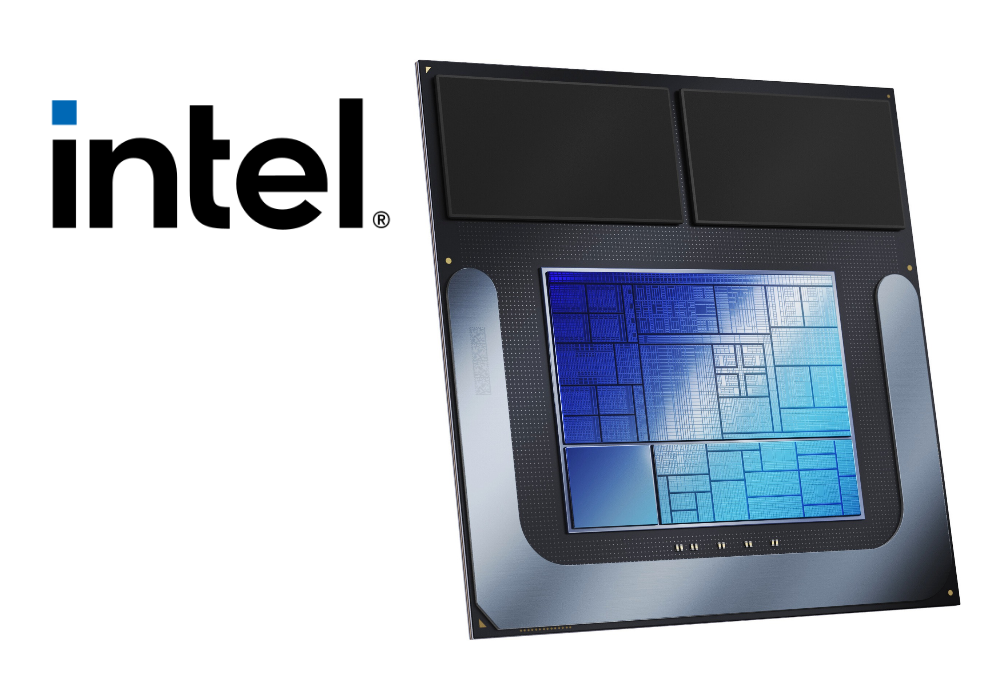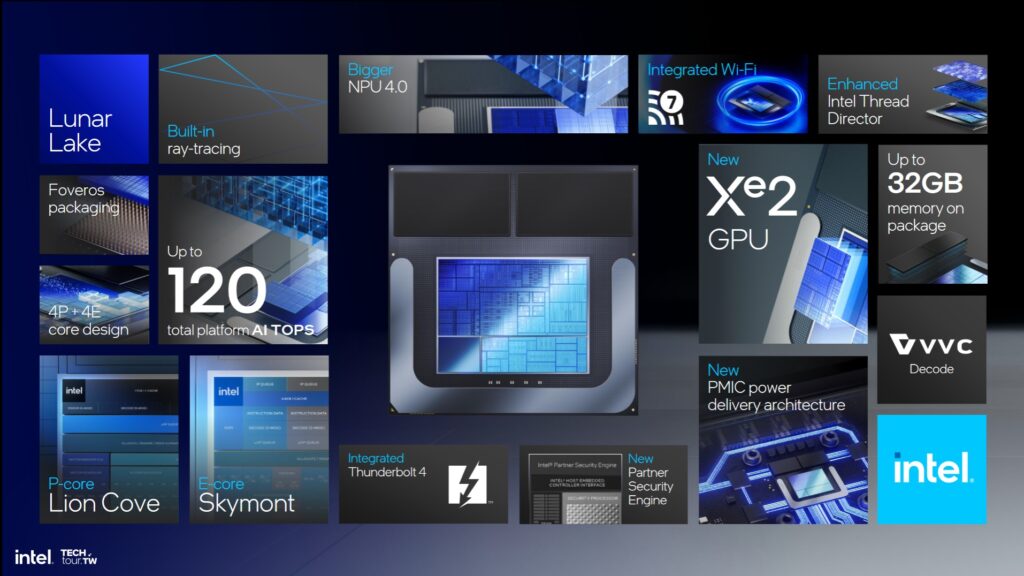Intel’s Lunar Lake: The AI PC We’ve Been Waiting For

By Katherine Duong
Intel is in the midst of a battle, not just for market share, but for its reputation in the face of rising competition. As Qualcomm prepares to release its Snapdragon X Elite hardware, Intel is urging us to look forward to its next big thing: Lunar Lake. This isn’t just about hardware; it’s about a vision for the future of AI-driven PCs.
Intel’s current generation, Meteor Lake, was hyped as a game-changer. The promise? Unprecedented power efficiency and robust AI capabilities through its neural processing unit (NPU). These chips, branded under the new “Core Ultra” name, were supposed to be the harbinger of a new era in computing. But as we’ve seen, the reality has been somewhat underwhelming.
Reviewers and users alike have noted that Meteor Lake’s battery life gains are not the leap forward many anticipated. In fact, some laptops, like the Lenovo ThinkPad X1 Carbon (Gen 12), showed worse battery performance compared to their Raptor Lake predecessors. This disappointment isn’t limited to a single manufacturer; it’s a broader issue with Meteor Lake devices not meeting the lofty expectations set by Intel’s marketing machine.
Enter Qualcomm. With its Snapdragon X Elite, Qualcomm is making a strong case for its ARM-based processors. They’re positioning their hardware as more efficient and more capable, drawing direct comparisons to Intel’s Meteor Lake and finding Intel lacking. Qualcomm’s timing couldn’t be better. They’re ready to take advantage of the gap between Intel’s promises and actual performance.
But Intel isn’t backing down. Dan Rogers, one of Intel’s key voices, is brimming with confidence about Lunar Lake. Scheduled for launch in the coming months, Lunar Lake is designed to be the most power-efficient x86 architecture ever. Our mission with Lunar Lake is to build the most power-efficient x86 architecture there is. And we’re feeling pretty confident, Rogers told PCWorld’s Mark Hachman.
Lunar Lake isn’t just about catching up; it’s about redefining what’s possible with x86 architecture in the AI era. Intel is promising that Lunar Lake will outshine Qualcomm’s Snapdragon X Elite, delivering not just competitive performance but superior efficiency. This could mean better battery life, more robust AI capabilities, and an overall better user experience.

The big question is, will Lunar Lake deliver? If Intel’s history is anything to go by, there’s reason for both optimism and caution. Meteor Lake’s underwhelming battery life gains serve as a stark reminder that architectural changes on paper don’t always translate into real-world improvements. However, if Intel’s engineers have learned from Meteor Lake’s shortcomings, Lunar Lake could very well be the leap forward we’ve been waiting for.
For now, we’re left in a holding pattern. The first wave of Snapdragon X Elite-powered laptops is set to usher in Microsoft’s new Copilot+ PC era, and it’s clear that Qualcomm is playing to win. Intel, on the other hand, is asking us to wait a little longer, to hold out for Lunar Lake.
As tech enthusiasts and consumers, we’re watching with bated breath. Will Lunar Lake be the AI powerhouse that Intel claims? Only time will tell. But one thing’s for sure: in the race to define the future of AI PCs, the competition is fierce, and the stakes have never been higher.
References:
Intel’s Lunar Lake is what the first AI PCs should have been by Chris Hoffman
Intel’s Lunar Lake Processors Arriving Q3 2024

